China Steel Exports Hit Record High in September

China’s exports of steel products rose to a fresh record last month, up sharply from a year earlier, as steelmakers burdened by China’s slowdown boosted cheap exports to make up for price cuts at home.
Chinese mills habitually use exports as a means to bolster sagging domestic sales, which has often threatened to swamp global markets and led to trade friction with major importers such as Europe and the U.S. Chinese steel officials say they are trying to get mills to cut back on such exports.
September net exports of steel products reached 7.2 million metric tons, rising 4.5% from the last high posted in May. Steel exports for the first nine months of the year are up 39% to 65.3 million tons. Net exports are exports less imports.
By absolute volume, exports reached 8.5 million tons, also a record. September shipments rose 73% from a year earlier.
Analysts say the U.S. remains a top destination for Chinese steel exports, as weak manufacturing conditions and slack demand for steel spurred price cuts and exports among domestic steelmakers, according to Applied Value, a consulting firm.
Cheap Chinese steel prices are boosting exports to record levels. In the U.S., current domestic hot-rolled steel prices are comparatively $209 a ton higher, it said. Hot-rolled steel is used to make products like cars.
Past rounds of amped-up Chinese steel exports have triggered disputes with the U.S., Europe and other trading partners, who say Beijing unfairly subsidizes its steel producers and sells products globally at below-market prices.
In May, Washington imposed preliminary tariffs of 159.2% on imports of Chinese grain-oriented electrical steel, which is used to make transformers. Last year, U.S. steelmakers filed 38 trade cases, the highest number of such complaints in more than a decade, calling for the government to impose higher tariffs and penalties on unfairly traded steel.
Shandong Jingta Steel Co., a smaller firm that trades on behalf of producers, said it has seen exports rising among its clients on a level in line with the customs data. “Domestic consumption has been declining since the start of the year, without much reduction in production. So as long as there’s an opportunity to export, people will take it,” said Wendy Qin, a manager at Jingta.
The state-backed China Iron and Steel Association has called such measures protectionist, but at the same time has said it recognizes the problem and has been trying to persuade steelmakers—a highly fragmented and far-flung quilt of regional producers—to hold down cheap exports.
The association has urged its members to favor higher value-added products over cheap construction steel. “As trade friction with China rises, China’s exporters must adjust export policies,” it said.
Factory activity in China fell to a three-month low in August, prompting worries about a prolonged slowdown in the world’s second-largest economy. While headline trade data Monday exceeded expectations, economists say they still worry about soft economic growth due in part to a slumping property market. The construction sector consumes half of China’s steel.
Overcapacity continues to plague the Chinese steel industry. Domestic demand for steel is waning, which compounds the problem of excessive production capacity, said Applied Value analyst Jason Yang.
China’s crude steel production in the first eight months is up 2.6% at 550 million tons. Measured on a daily average basis, the country’s mills are still producing at record levels.
Five-year lows in prices of iron ore, the key raw material for steel, are also spurring Chinese mills to produce. September iron ore imports rose 14% from a year earlier to 85 million tons. As global miners open new lines of fresh supply, iron ore for delivery to the Chinese port of Tianjin reached $80 a ton last Friday, down 40% from the beginning of the year, which is the lowest level since July 2009.
XINSTEEL INFORMATION

 +86 371 55057610
+86 371 55057610  inquiry@xsteelplate.com
inquiry@xsteelplate.com


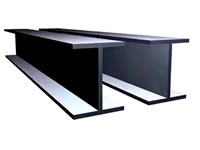
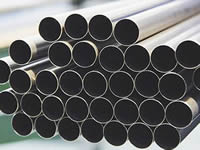
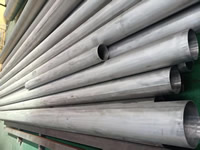
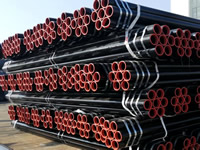
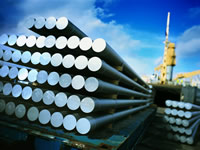

 Tel:+86 371 55057610
Tel:+86 371 55057610  Fax: +86 371 5505 7611
Fax: +86 371 5505 7611